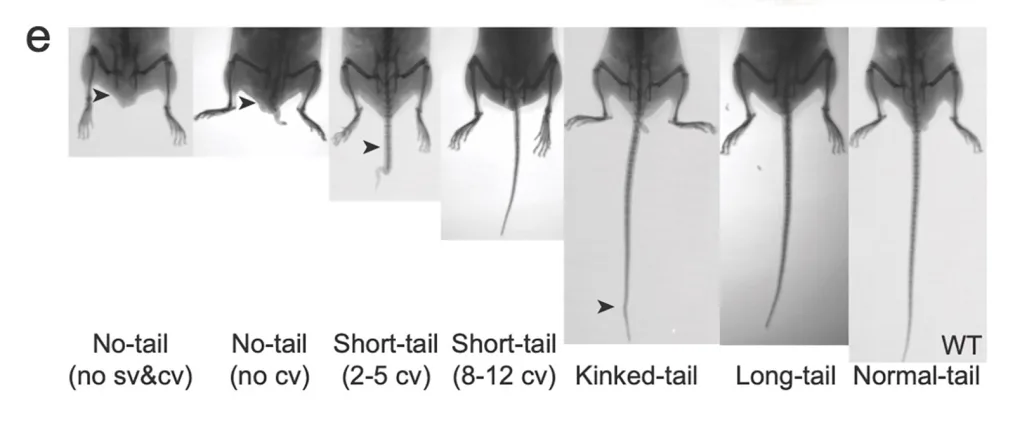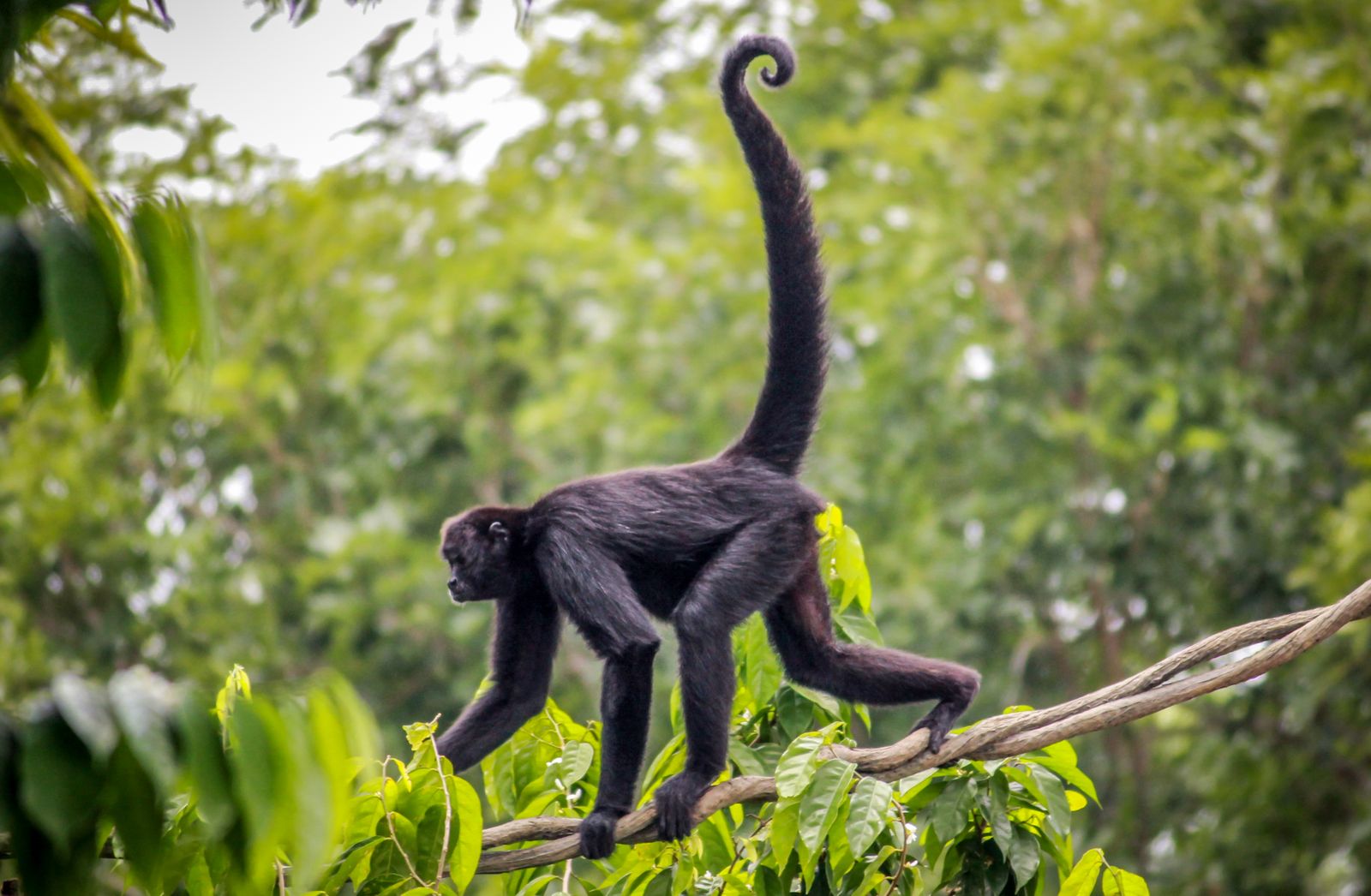Scientists have uncovered the genetic mechanism behind why humans and great apes lack tails, solving a long-standing mystery.
Tails offer balance, propulsion, and defense, but about 25 million years ago, our primate ancestors bid farewell to these appendages.
Now, scientists have traced our tail loss to a short sequence of genetic code that is abundant in our genome, TBXT, which triggers tail length production.
This discovery challenges the notion of “junk” DNA and highlights the role of jumping genes in shaping physiology.
Key Experiment
Genetically modified mice experiments revealed that Alu insertions in TBXT genes resulted in two types of tails in mice, one long and the other short.
At the same time, the study explains the “how” of tail loss, but the evolutionary “why” remains uncertain.

Future research may explore the broader consequences of this genetic element, including its impact on embryonic development and neurological defects like spina bifida.
The findings mark a significant step in understanding our primate ancestry and the genetic basis of human evolution.





